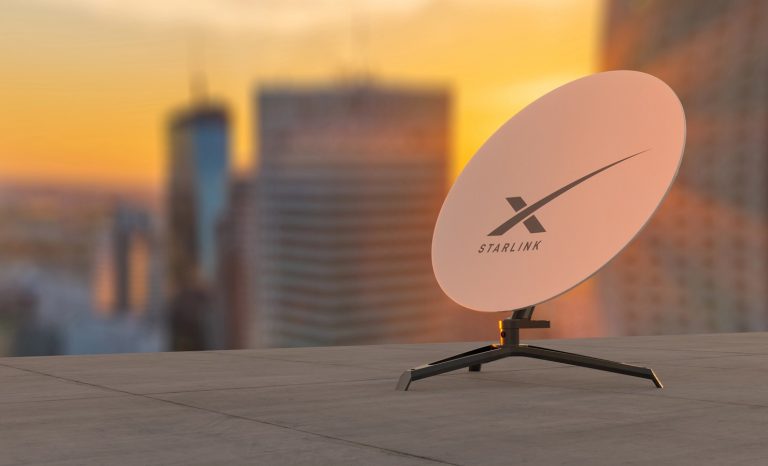
Starlink, a global internet service using thousands of small satellites in low Earth orbit, has reportedly outperformed terrestrial internet service providers (ISPs) across sub-Saharan Africa, transforming broadband access.
According to the Speedtest intelligence platform for measuring broadband speed and performance, Ookla revealed that Starlink delivered a median download speed exceeding 40 Mbps in Q1 2025 in most African countries where it’s available, significantly outpacing terrestrial ISPs.
Botswana, Eswatini, Rwanda, Burundi, Sierra Leone, Mozambique, and Ghana lead the continent in median download speeds. In Q1 2025, Starlink users in these countries experienced a download speed of around and above 75 Mbps.
Register for Tekedia Mini-MBA edition 19 (Feb 9 – May 2, 2026): big discounts for early bird.
Tekedia AI in Business Masterclass opens registrations.
Join Tekedia Capital Syndicate and co-invest in great global startups.
Register for Tekedia AI Lab: From Technical Design to Deployment (next edition begins Jan 24 2026).
East African countries saw a significant leap in Starlink’s upload speeds and latency, likely linked to deploying a new PoP in Nairobi in January 2025. Kenya was reported to have stood out prominently with the highest upload speed, nearing 15 Mbps. Other East African countries experienced more moderate increases in median upload speed, ranging from 25% in Madagascar to nearly 59% in Mozambique.
Ghana and Rwanda were not far behind, both exceeding 13 Mbps. A strong upper tier including Burundi, Nigeria, South Sudan, Eswatini, Mozambique, and Botswana also demonstrated healthy performance, with speeds above 10 Mbps.
In contrast, speeds in Nigeria, Zimbabwe, South Sudan, and Madagascar arguably some of Starlink’s biggest markets, were below 50 Mbps, most likely because the provider faces capacity issues and halts new sign-ups. Nevertheless, these speeds are still much more than double those of terrestrial networks in Q1 2025 in most countries.
Since its launch in 2019, the network has expanded to more than 7,000 satellites, covering most of the globe. The satellite internet’s rapid expansion across Africa began with Nigeria in February 2023, with plans to launch in an additional 26 countries by the end of 2026, potentially covering nearly all 54 African nations. However, regulatory hurdles, like those in South Africa, have delayed progress in some markets.
One of the significant advantages Starlink has over other ISPs is its proximity to Earth, which reduces signal travel distance and results in lower latency. With over 6,000 LEO satellites, Starlink provides near-global coverage (99.7% of U.S. households), requiring only a clear view of the sky. Meanwhile, traditional ISPs rely on ground-based cables or towers, which are uneconomical to deploy in sparsely populated regions.
Notably, the Elon-Musk-owned satellite internet rollout in Africa has rattled the continent’s internet landscape, disrupting traditional ISPs, bridging digital divides, and sparking debates about regulation and economic impact.
While consumers and businesses are eager to adopt the service due to its superior speeds compared to fixed broadband, ISPs are concerned about the competition Starlink poses, given their substantial investments in local network infrastructure.
For example, Starlink’s entry into Kenya in July 2023 sent shockwaves through the country’s telecom sector, particularly rattling Safaricom, Kenya’s dominant ISP with a 65% market share in mobile and broadband services. The rapid adoption of Starlink’s high-speed, satellite-based internet, forced Safaricom into a defensive scramble, reshaping competition, pricing, and connectivity in Kenya.
While some African regions have embraced the service, others have imposed stringent foreign ownership and ISP licensing regulations, delaying Starlink’s deployment. The satellite internet has partnered with local equipment distributors (such as Paratus Group) and ISPs to navigate these challenges, leveraging existing licenses.



